The Big-Rig Crisis: How We Fail Our Truckers
Updated: Oct. 24, 2023
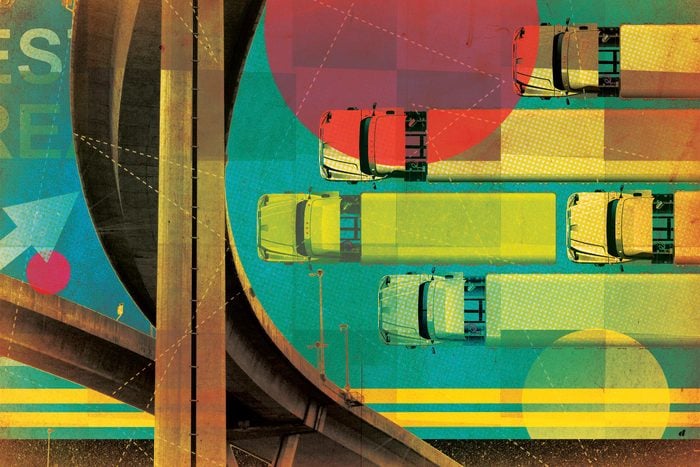
Long hours and low pay are taking a toll on our nation's drivers
Start driving at 6 a.m. to get a load to a client’s dock by 11 a.m., as agreed. Roll in right on time, only to find two trucks ahead of you and the dock man saying it’ll be a few hours before you can unload. Mike Murphy gets paid by the mile, so such idle time costs him money. But 25 years in the industry have taught him to bite his tongue.
“Well, can I use your bathroom?”
“Nope. Drivers use the port-a-potty.”
And good luck finding a port-a-potty that’s not an abomination. So much for the morning. Pick up another load, get moving again.
Evening comes, and he’s required by law to limit his shift to 14 hours, which means it’s time to start looking for a parking spot. The miles and minutes roll by with no success. He might pull into as many as three truck stops—all full, and him exhausted and just wanting to be home. Often enough, the search for a parking place goes on until he’s right up against his 14 hours and the road is beginning to look blurry. Such times, he’ll call his wife, Alicia, back home in Waddington, New York.
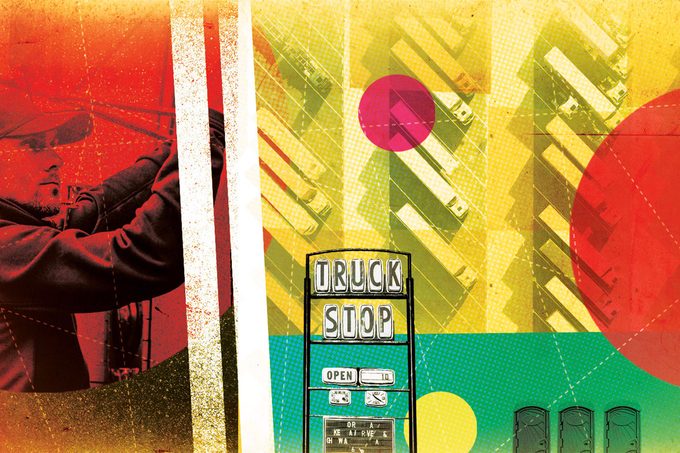
“Hey,” he’ll say. “Talk to me for an hour. I’m looking for a parking space.”
She’ll stay on the phone with him until at last he finds a truck stop with an empty spot. He’ll hang up and make his way into the facility, eager for the shower he might not have gotten yesterday, and if the trucking gods are displeased with him, only three of the showers will be working and a line of 15 other drivers will be waiting ahead of him. He’s got to be back on the road in 10 hours. He needs the sleep. He’ll buy something to eat, clean himself with baby wipes and stretch out in the sleeping compartment of his rig. Tomorrow will be another day.
Trucking has never been an easy way to make a living. But it’s a lifeline for Murphy and 2 million or so other Americans who haul almost 11 billion tons of goods—72% of the country’s freight—over our highways and byways each year. For many, the job provides a stable income, often with health-care and retirement benefits. Now more than ever, especially with the boom in e-commerce, we need those workers plying our vast network of interstates, warehouses and stores.
A shortage of drivers?
But, just when we need drivers most, trucking companies find themselves struggling to maintain a steady workforce to haul all that freight. Not enough drivers means that trucking companies charge more for hauling goods—a cost that gets passed on to consumers, raising the price of almost everything.
According to the American Trucking Associations (ATA, the leading industry group), the U.S. currently faces a shortage of 80,000 truckers, an astonishing figure that the organization expects to double by 2030.
Daniel Murray, senior vice president of the American Transportation Research Institute (ATRI), says an insufficient number of drivers on the road creates not just an economic problem but also a safety issue.
“Drivers are under more pressure by employers and customers to move goods faster, more frequently,” he says. Pushed to get their freight delivered on time and to pick up the next load, many are exceeding the number of hours they’re legally allowed to drive. A shortfall of drivers can also mean that the product you’re looking for isn’t on the store shelf when you want it.
“If you’re relying on a just-in-time delivery system that prioritizes the synchronization of precise schedules and you can’t count on drivers to get the goods there, you’re going to have disruptions in the supply chain,” says Robert Puentes, president of the Eno Center for Transportation, a think tank.
As alarming as this sounds, there’s disagreement among industry experts about how big the trucker shortage is—and even whether the problem the industry faces can rightly be called a shortage.
“ATA’s numbers are just not realistic,” says Jason Miller, PhD, interim chair of the Department of Supply Chain Management at the Broad College of Business at Michigan State University. He concedes that there are occasional, temporary “shortfalls” of truck drivers, but says the labor market promptly fills them. For more than a decade, the ATA has been sounding the alarm about a chronic, severe shortage—but, Miller says, the statistics just don’t support it.
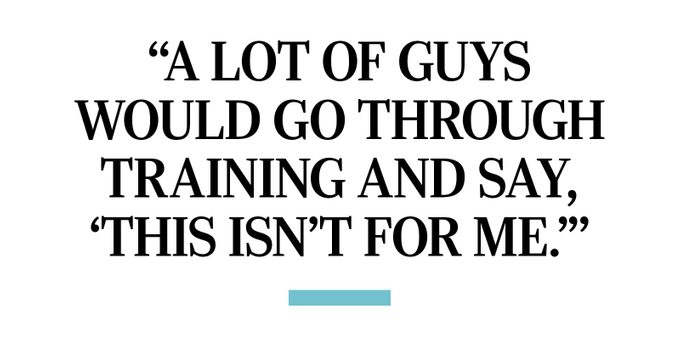
Lewie Pugh, executive vice president of the Owner-Operator Independent Driver Association (OOIDA), agrees. “There’s never been a shortage,” he says. “That’s just something that big carriers say to cover up business practices that aren’t fair to drivers, trucking or safety.” After all, Pugh points out, 400,000 people earn their commercial driver licenses (CDL) every year. You wouldn’t see that if there were indeed a lack of labor.
Then why does the industry buzz with talk of a shortage? The most likely answer is that there is indeed a labor problem in trucking—but, with a turnover rate of 70% for smaller carriers and 90% for larger ones, what the industry has is a retention issue, not a lack of people willing to enter the field in the first place. That may seem a subtle distinction, but it has real repercussions for solving the crisis. It turns the question from “Where do we find more drivers?” to “How can we keep the drivers we already have?”
The ATA published a post last year saying the turnover figures have been misunderstood and mostly represent “churn,” or job-hopping between trucking carriers, which could be a sign of driver empowerment in a tight labor market. The OOIDA publication Land Line sees it differently, calling churn a sign of driver desperation and unhappiness. Either way, the Department of Transportation found that 300,000 truckers leave the industry annually.
This resonates with Mike Murphy, who, along with his truck-driving duties, has trained more than 150 new drivers, many of whom balked at the harsh realities of the job.
“The students would come into my truck and I would show them the ropes over six weeks,” Murphy says. “A lot of guys would go through six weeks of training and then say, ‘Hey, this isn’t for me.’ And they were done.”
Despite their differences about whether there’s a shortage, there’s surprising consensus among experts, industry groups and truck drivers about the retention issue—and about the reasons so many drivers bail on the industry. Unfortunately, while companies know why their drivers are quitting, too often their response is to try to attract new employees rather than address the complaints of the ones leaving.
Show me the money!
In nearly every survey, truckers list their compensation as a top issue.
“Trucker salaries have not kept up with inflation since the 1970s,” says Pugh. While some fleets such as UPS and Walmart offer generous packages, with salaries sometimes in the six figures, most truckers can expect to pull in around $50,000 per year.
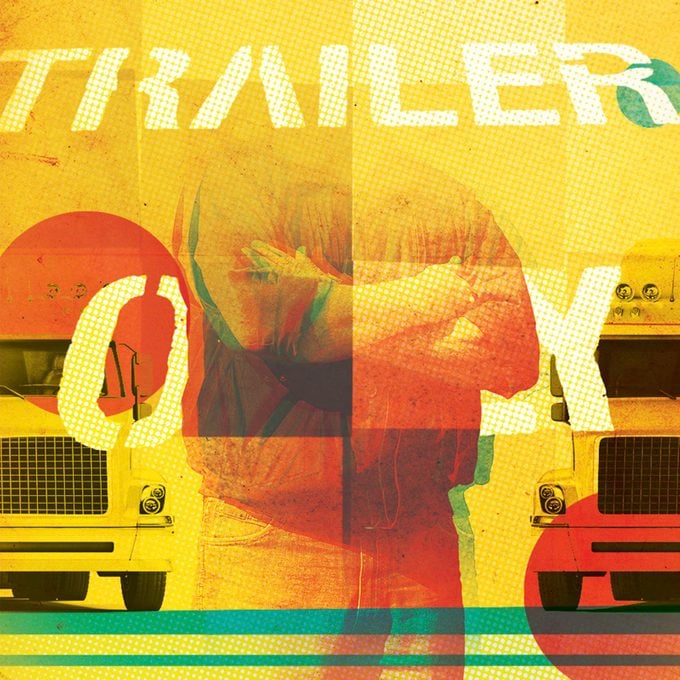
“An average workweek for a trucker is 70 hours,” Pugh says, “because that’s what they’re allowed to drive. And a lot of them work a lot more than 70 hours. When you take that $50,000 and you divide that into a 70-hour week and 50 weeks a year, that’s like $14.28 an hour.”
Under the Fair Labor Standards Act, truckers are exempt from being paid overtime, to discourage drivers from compromising safety by racking up hours. But, Pugh says, “Drivers are giving away 20 to 30 hours a week just sitting at loading docks waiting to either load or unload.”
Less-scrupulous outfits engage in misleading practices to lure young drivers. “They offer you an $8,000 signing bonus,” says Andrew Emde, a 55-year industry veteran. “What they don’t tell you is that if you quit before a certain amount of time, you won’t get it. And the other thing they don’t tell you is they spread it out over five years.”
Federal law allows trucking companies to pay their drivers by the mile. When the wheels aren’t turning, no money is being made. If your truck breaks down, if there’s a line at the dock, if there’s standstill traffic, you’re off the clock. More trucks in circulation means all these problems are getting worse, not better. And there’s no fudging the books, because the company constantly monitors your activity via GPS and electronic logging systems.
Give me a break
It might seem trivial, but the lack of parking, rest areas and bathroom facilities at truckers’ disposal is so demoralizing that it’s viewed as a major factor in drivers’ decisions to quit the industry. Mike Murphy’s bleary search for a place to lay his head for the night is a familiar tale to other drivers, who also tell of interstate off-ramps littered with human feces because truckers have nowhere to relieve themselves.
It’s even worse for female drivers, who make up 6% to 8% of all truck drivers but only 2.7% of long-haul truckers. One of them, Clarissa Rankin, has spoken unabashedly about the good and bad parts of the industry on social media and talk shows.
“It’s horrible,” she says. “Women have nothing in the truck stops. Nothing. You name it, we don’t have it. Tampons, panty liners, hair bows, like pull-back scrunchies? Nothing. The most you’ll get is a pink hat that says Truck Driver.” This year, Rankin opened her own line of cosmetics and travel essentials for women in trucking, called Owtspoken. She hopes to have her products in wide distribution at truck stops soon—but it’s an uphill battle.
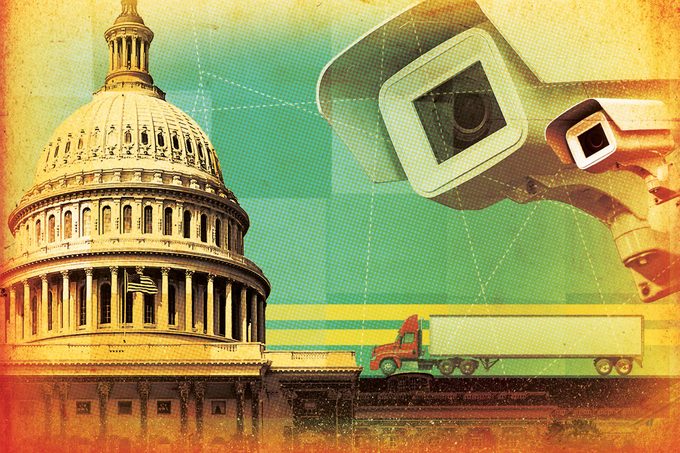
The lack of conveniences is an annoyance, but, Rankin says, of greater concern to women is the lack of security on the roads. She describes the truckers-only side of the truck stop as “a whole ’nother world. Prostitution. Sex trafficking. Robberies.” When a lot of trucks are parked end-to-end or side-by-side for the night, she says, “you don’t know who you’re sleeping next to. You could be sleeping with a cold-blooded rapist and murderer right next to you.” In a survey by CDLLife, an online community of truck drivers, 21% of drivers said they’ve been the victims of crime—and 42% of those crimes were violent. Little wonder so few women are attracted to the job.
So why aren’t private companies responding to these obvious needs by building more, bigger, better, safer, well-lit truck stops with plenty of parking? “It’s the NIMBY effect—not in my backyard,” says ATRI’s Murray. “Nobody wants a truck parking lot anywhere near their home.” At the same time, he says, e-commerce and just-in-time delivery have created a need for truck parking much closer to the customers they serve.
The lack of infrastructure isn’t just unpleasant for drivers. It affects their bottom line. “On average,” Murray says, “truck drivers now are leaving their revenue routes 56 minutes early, which equates to almost $5,000 a year in lost wages,” just to find a place to sleep for the night.
Big boss is watching
One of the things that’s always been appealing about truck driving is the lure of the open road, the freedom to be on your own, making your own decisions. But today’s drivers are subject to ever-increasing scrutiny, with companies placing cameras not only facing the road, but in some cases pointing at the driver in the cab. Every movement of the vehicle is monitored via technology in a bid to fend off lawsuits and reduce insurance costs.
Clarissa Rankin now has her own truck and operates independently, but when she first started out and was driving for a major carrier, someone pulled out in front of her, forcing her to brake hard. Her phone rang immediately. It was the company.
“They said, ‘What was that hard brake about? We’re going to have to have you take a class now.’ I said, ‘I’m not taking no doggone class.’ You know? I’m not doing all that. If you don’t do it, you can lose your job. But I didn’t care. Every five seconds, it was something,” she says. “No grown-up wants to be babysat.”
Emde agrees. “The freedom of the road and all the romantic stuff goes out the window as soon as somebody puts a camera in your face,” he says.
Drug testing, especially for marijuana, is another regulation that causes drivers to exit the industry in droves. Despite legalization initiatives in various states, interstate trucking prohibits drivers from having any trace of THC in their systems. Obviously, driving while high must remain illegal—just as with alcohol—but huge numbers of safe truckers are losing their jobs because trace amounts of the substance, from legal consumption on their own time, are still circulating in their blood.
The Federal Motor Carrier Safety Administration maintains a clearinghouse database of drivers whose routine drug tests have come up positive. According to ATRI’s Murray, “More than 90,000 truckers who tested positive have not started the administrative process to remove themselves from the clearinghouse and get back into long-haul trucking. Which tells us they’re fine continuing to smoke pot and drive locally in jobs where the CDL is not a requirement.”
No one wants truck drivers working while under the influence, but allowing them the same access to recreational substances that others enjoy during their nonworking hours could be a way of retaining workers who may otherwise quit the industry.
A world of pain
Sitting behind the wheel of a truck for 70 hours a week for decades is a recipe for poor health. Veteran drivers recite their litanies of bad backs, obesity, heart problems. It’s certainly on Mike Murphy’s mind.
“One of the reasons I’m looking forward to getting out of driving is that I need to get active,” he says. “I’ve had my legs start to swell up and stuff like that. There’s not really time to exercise, to do the things that you should be doing for your body.”
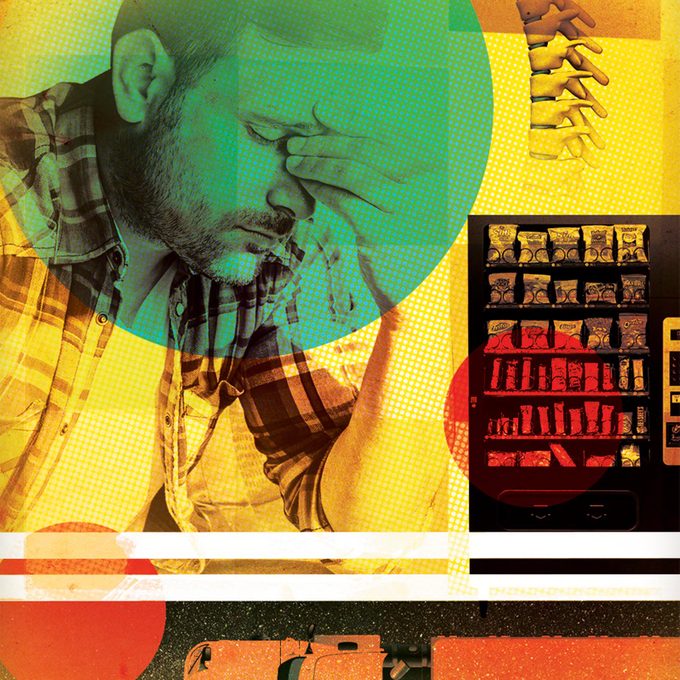
He tries to eat well, but it’s not easy. His options are limited to fast food or whatever is available in truck-stop diners, which is notoriously unhealthy fare—just try finding fresh fruits and vegetables. A few facilities have experimented with healthier foods, but it remains next to impossible to get consistently nutritious meals while out on the road.
But drivers’ concerns about health and well-being aren’t limited to diet and exercise.
Driving is stressful work, requiring prolonged vigilance and concentration. And the type of trucking where the labor crisis is most strongly felt—long-haul—can be lonely, especially for people with families.
“You miss everything,” Murphy says. “Trucking becomes your life. After 25 years, you realize, Wow, I’ve got nieces and nephews graduating from college, and I didn’t get to watch them grow up.”
Through the years, Andrew Emde has seen a lot of young people enter the industry believing that the time constraints and separation from their families wouldn’t be that bad.
“After a while, reality sets in,” he says, and people look for work closer to home.
Mike Murphy figures he has another 10 years of driving ahead of him before he can retire. He got into the industry back in the ’90s when he realized his small town simply wasn’t a big enough market to support the dog-grooming business he’d opened. In the end, he says, trucking has been a good job.
“It’s allowed me to buy a house and a car and to live in a rural community,” perks he might otherwise not have enjoyed. He estimates he’d have had to take a 50% pay cut if he had taken work around Waddington. “But you give up a lot,” he says. “I’m kind of looking forward to not having to do it anymore.”


